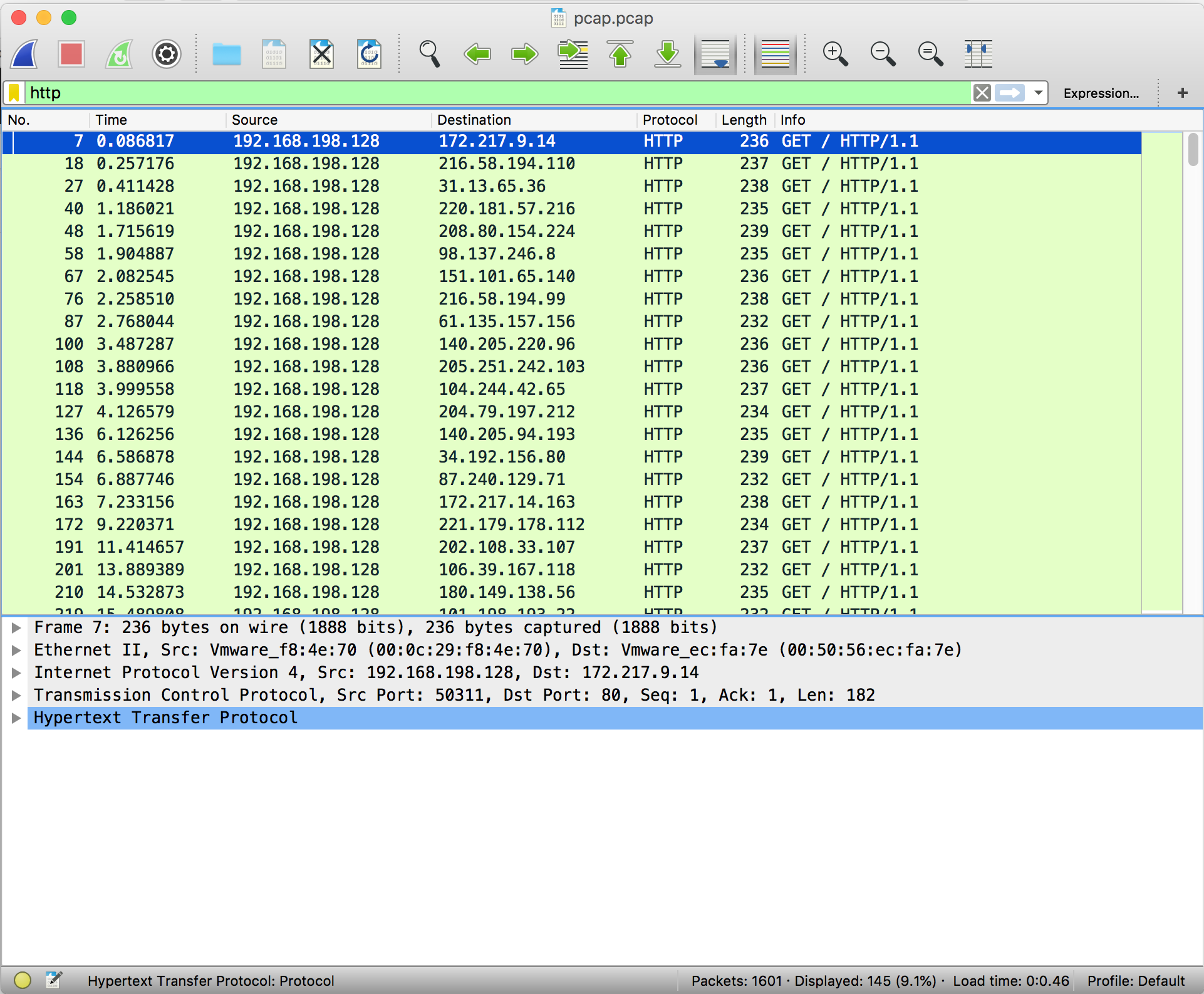

(or ip.src = xxxx & ip.dst = xxxx - for a destination) The following are their preferred choices. We’ve asked our engineers what are their favourite filters and how they use them. What you want to filter on exactly depends on your specific situation and purpose, of course. Most of the following display filters work on live capture, as well as for imported files, giving you the possibility to filter on almost any field of any protocol, down to the HEX values of your data streams. You can even compare values, search for strings, hide unnecessary protocols and so on. Thankfully, Wireshark allows the user to quickly filter all that data, so you only see the parts you’re interested in, like a certain IP source or destination. Capturing so many packets, means that you will end up seeing huge captured files. Unfortunately, the amount of information you will get when capturing a network line can be daunting.


One of the most used network protocol analyzer out there, it analyzes the files that come out of your network TAP (called also a packet capture device) or your computer’s NIC and lets you have an in-depth look into their parameters, messages, format, etc. This is where a tool like Wireshark comes in handy. The outcome can aid network administrators to control Intranet access and provide security.Most of the times, when your network crashes or you come across an issue, you have to search through your captured packets to find the problem. Four network instructions were used in the analysis of the IP traffic and the results displayed the IP and Media Access Control (MAC) address sources and destinations of the frames, Ethernet, IP addresses, User Datagram Protocol (UDP) and Hypertext Transfer Protocol (HTTP). The IP traffics were captured and analyzed using Wireshark Version 2.0.3. The LAN was deployed on windows 8 with a D-link 16-port switch, category 6 Ethernet cable and other LAN devices. It was implemented using five computer systems configured with static Internet Protocol (IP) addresses used in monitoring the IP traffic on the network by capturing and analyzing live packets from various sources and destinations in the network. This paper was designed to provide Intranet traffic monitoring by sniffing the packets at the local Area Network (LAN) server end to provide security and control.


 0 kommentar(er)
0 kommentar(er)
